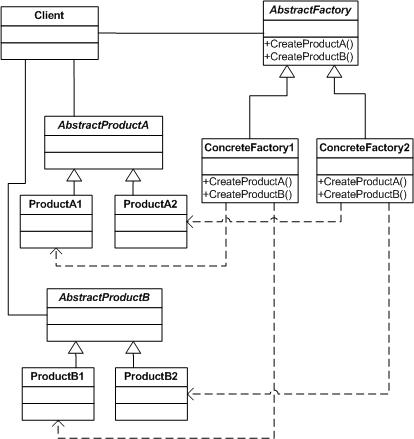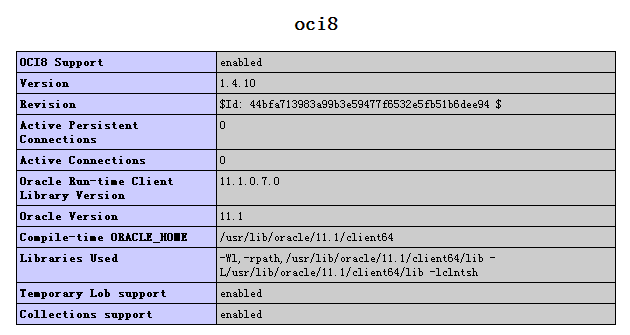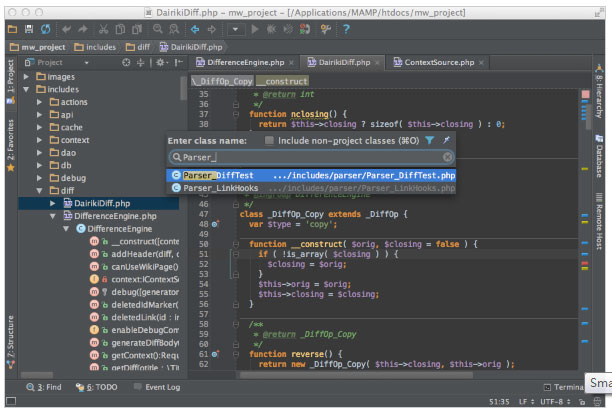|
|
$xmlDoc = new MiniXMLDoc();
$xmlRoot =& $xmlDoc->getRoot();
$childElement =& $xmlRoot->createChild(/'achild/');
$childElement->attribute(/'name/', /'annie/');
$childElement->text(/'This element has attributes and children, such as this/');
$image =& $childElement->createChild(/'image/');
$image->attribute(/'location/', /'http://psychogenic.com/image.png/');
$childElement->text(/'image and little/');
$orphan =& $xmlDoc->createElement(/'song/');
$orphan->text(/'tomorrow, tomorrow/');
$childElement->appendChild($orphan);
print $xmlDoc->toString();
添加一個子元素,有兩種方式,第一種是直接該結(jié)點createChild,第二種是先xmlDoc先createElement,然后,該結(jié)點在appendChild.
最后打印出來的結(jié)果是:
<?xml version="1.0"?>
<achild name="annie" eyes="#0000FF" hair="#FF0000">
This element has attributes and children, such as this
<image location="http://psychogenic.com/image.png" />
image and little
<song> tomorrow, tomorrow </song>
</achild>
可以很明顯的看得出,miniXML的使用方法是非常簡單的,尤其是對于簡單的保存數(shù)據(jù)的XML文件,更是如此,詳細(xì)可以看miniXML提供的例子.此處不詳說.
=========================================================================
解析
minixml文件結(jié)構(gòu)是:
minixml.inc.php
------classes
-----------doc.inc.php element.inc.php node.inc.php treecomp.inc.php
詳細(xì)的API解釋說明,在官方網(wǎng)站上有介紹: http://minixml.psychogenic.com/api.html.
php技術(shù):php minixml詳解,轉(zhuǎn)載需保留來源!
鄭重聲明:本文版權(quán)歸原作者所有,轉(zhuǎn)載文章僅為傳播更多信息之目的,如作者信息標(biāo)記有誤,請第一時間聯(lián)系我們修改或刪除,多謝。



